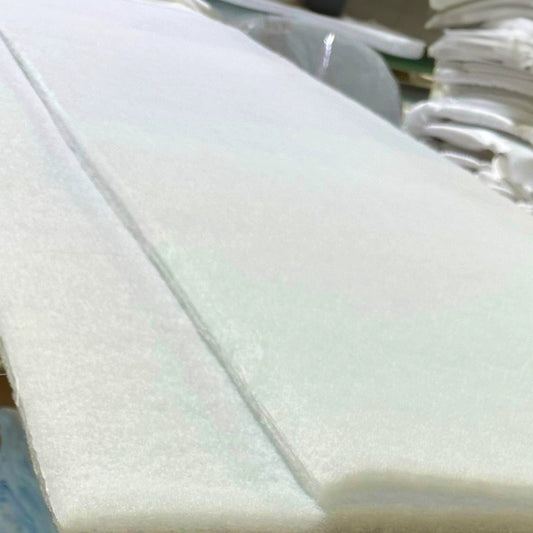Etiquette To Observe During A Jewish Funeral.
1. Offer your condolences at the right time.
While condolences are an integral component of Jewish mourning traditions, you must wait until after the memorial service to approach the family. The shiva period begins after the service, and it is during this period that you visit them and offer your condolences.
2. Avoid sending flowers.
Jews believe that flowers are living things, and hence, shouldn’t be interrupted to create floral arrangements for funerals. Thus, it’s best to avoid sending flowers. However, you can send a condolence letter, a fruit basket, or a meat platter. But the most important of all is the gift of your physical presence at the funeral or shiva.
Jewish funeral etiquette for non-jews
Although non-Jews are welcome at Jewish funerals, but there are a few Jewish funeral etiquettes for non-Jews that they should follow to pay their respects:
- It’s advisable for both men and women to dress and behave respectfully.
- Men are advised to wear a yarmulke and women are advised to cover their hair if the funeral service is taking place at a synagogue.
- Non-Jews may also partake in prayers and chants, although it is not necessary.
- Please also keep your visits short during the shiva period, to allow private time for the deceased’s family.
The tradition of Shiva
1. A period of structured mourning.
Shiva is a Hebrew word that means “seven", and refers to a period of structured mourning. The first period of shiva, known as “sitting shiva” begins immediately after the burial and lasts for seven days. However, the closest relatives such as parents, spouse, and children, may grieve for up to a year.
2. Reflecting on the grief.
During sitting shiva, the family members reflect on their grief and refrain from work, parties, or any other events. This period is considered to be a therapeutic process and helps the family process their grief. Shiva also involves reciting funeral prayers as well as the symbolic cleansing of hands.
3. Special mourning attire.
Similar to many other cultures, the Jewish people wear black during the period of sitting shiva. You may see some mourners wearing a torn black ribbon near their heart which is known as a keriah. The keriah symbolizes the mourner’s heart and sadness after the loss of their loved one.
Plan Your Farewell with Grace – Our Pre-Planned Caskets Offer Peace of Mind
Overview Of The Jewish Funeral Process.
1. The first 24 hours.
Usually, the body of the deceased is buried within 24 hours after death. This rule is not followed if the day falls on Shabbat or any other Jewish holiday. The funeral service can be carried out at a synagogue, funeral home, cemetery, or family home.
2. Offering simple prayers and readings.
Prayers and readings form a significant part of the Jewish faith. Usually, a rabbi leads the prayers at a funeral but this is not necessary and a family member can lead the prayers as well. The prayers can be both in Hebrew and English.
3 There is no music or flowers.
Jewish funerals are characterized by simplicity. The deceased is buried in a plain, simple casket with no extravagance. Jewish funerals are a solemn and sacred affair.
4. There’s usually a graveside service.
Graveside services are a common way for Jewish families to pay their last respects. The family members of the deceased fill the grave with dirt to signify their goodbyes. The family may also leave stones on the grave to honor the memory of their loved one.
Our Best Selling Products
Post-Funeral Jewish Traditions.
1. Either a cremation or a burial takes place.
Although there aren’t any strict rules regarding cremations or burials, there is a guiding principle that all are equal in death before God. They opt for simple wooden caskets to signify the humble belief that humans come into this world empty-handed and must leave empty-handed as well. During a burial, guests might partake in the task of shoveling dirt over the casket as a manner of offering their last respects to the deceased.
2. The headstone is unveiled.
A year after the death, the close friends and family members of the deceased gather at the grave to reveal the completed headstone. They say a few prayers and have a short ceremony as well.
3. Honoring the deceased, though Yahrzeit.
Yahrzeit is a Jewish word, which means “anniversary of a death.” Jewish people honor and remember their loved ones, on the anniversary of their death by lighting a candle.

![Upgrade to Premium Weight [18-gauge steel]](http://titancasket.com/cdn/shop/products/casketthicknesswithnumbers.png?v=1680642906&width=533)









